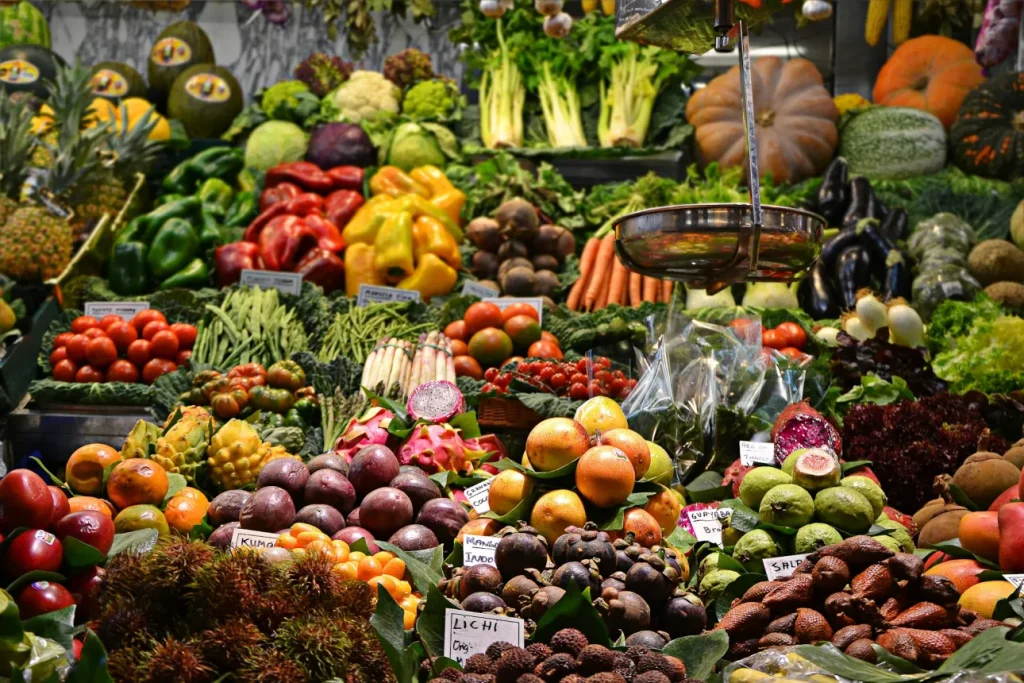The way we eat profoundly influences our health, energy, and mood, but one of the most overlooked aspects of nutrition is seasonality. Eating in harmony with the seasons—also known as seasonal living—means adapting your diet to the natural rhythms of the year. This approach taps into the nutritional bounty that each season offers and respects the body’s shifting needs as the environment changes. From the vibrant freshness of spring to the grounding warmth of winter foods, aligning your nutrition with seasonal cycles can enhance digestion, boost immunity, balance hormones, and even uplift your mood. In this article, we will delve deep into the science and practicalities of seasonal eating, how it influences your body’s nutritional demands, and ways to adapt your diet across the year to maximize wellness.
The Concept of Seasonal Living
Seasonal living is an ancient wisdom rooted in the understanding that humans are part of nature’s cycle. Long before global supermarkets and year-round availability of produce, people relied on what was naturally growing in their environment. This cyclical eating pattern allowed bodies to receive nutrients that supported optimal function in the prevailing weather and daylight conditions. Today, this practice is gaining renewed attention amid rising health consciousness and environmental awareness.
Seasonal eating means consuming fruits, vegetables, and other foods that are harvested during the current season, favoring local and minimally processed options. This not only ensures maximum freshness and nutrient density but also reduces the carbon footprint of food production and transport.
How Seasonal Changes Affect Nutritional Needs
Our bodies adapt to seasonal changes in temperature, daylight hours, and activity levels, which in turn influence our metabolic rates, hormonal balance, and nutritional requirements. For example, colder months may increase the demand for calories and certain vitamins to maintain body heat and immune function, while warmer months call for lighter, hydrating foods that support detoxification and energy without excess burden on digestion.
Spring: Detoxification and Renewal
Spring is traditionally viewed as a time for cleansing and renewal. After the sluggishness of winter, the body seeks to detoxify accumulated waste and refresh energy stores.
- Nutritional Needs: Increased intake of fiber-rich and water-dense foods to support liver function and eliminate toxins. Vitamins A, C, and K are essential to bolster immunity and skin health.
- Ideal Foods: Asparagus, artichokes, leafy greens (spinach, kale), radishes, peas, strawberries, and fresh herbs like parsley and cilantro. These promote gentle detoxification and provide antioxidants.
- Benefits: Consuming these seasonal foods supports digestion, reduces inflammation, and revitalizes energy levels. Light, alkaline foods balance acidity accumulated over winter.
Incorporating sprouts, microgreens, and fermented foods like sauerkraut also supports gut health during this season of renewal.
Summer: Hydration and Energy
Summer brings longer days, higher temperatures, and increased physical activity. The body’s focus shifts towards cooling, hydration, and sustaining energy for outdoor activities.
- Nutritional Needs: Emphasis on hydration, electrolyte balance, and antioxidants to protect skin from sun damage. Increased need for vitamins C and E, potassium, and magnesium.
- Ideal Foods: Watermelon, cucumbers, tomatoes, berries, peaches, corn, zucchini, and fresh leafy greens. Coconut water and herbal teas provide hydration and electrolytes.
- Benefits: These foods have high water content, help replenish electrolytes, and provide natural sugars for quick energy. Antioxidants combat oxidative stress from sun exposure.
Cold soups like gazpacho and chilled salads align perfectly with summer’s demand for cooling, nutrient-dense meals.
Autumn: Grounding and Immune Support
As temperatures cool and daylight wanes, the body begins preparing for winter by building reserves and strengthening immunity.
- Nutritional Needs: Increased intake of complex carbohydrates, vitamin A, C, and zinc to support immune function and energy storage.
- Ideal Foods: Pumpkins, sweet potatoes, carrots, apples, pears, nuts, and root vegetables like beets and turnips. Mushrooms add immune-boosting polysaccharides.
- Benefits: These foods provide warming energy, antioxidants, and micronutrients that help the body transition smoothly into colder months and fend off seasonal illnesses.
Hearty soups, stews, and baked dishes featuring these ingredients provide nourishment and comfort.

Winter: Nourishment and Protection
Winter demands foods that provide warmth, energy, and support for the immune system amid colder, darker conditions.
- Nutritional Needs: Higher calorie intake from healthy fats and proteins to maintain body heat, along with vitamin D supplementation or foods rich in this nutrient due to limited sun exposure.
- Ideal Foods: Root vegetables, winter squashes, kale, Brussels sprouts, citrus fruits, fatty fish, nuts, and whole grains like barley and oats. Bone broth offers minerals and collagen for joint health.
- Benefits: These nutrient-dense, warming foods support sustained energy, strengthen immunity, and provide comfort. Vitamin D is critical to mood regulation and immune defense in low-light months.
Warm teas with ginger or cinnamon help stimulate circulation and digestion during winter.
How Seasonal Eating Impacts Energy and Mood
Seasonal foods influence energy levels by providing nutrients that align with the body’s changing metabolic needs. For example, the fresh and light produce of spring can reduce fatigue associated with winter sluggishness. Summer’s hydrating fruits prevent dehydration-related irritability. Autumn’s grounding foods help stabilize blood sugar and mood, while winter’s rich meals support neurotransmitter production critical to preventing seasonal affective disorder (SAD).
Additionally, consuming local seasonal foods often means fresher, less processed options with higher vitamin and antioxidant levels, which can reduce inflammation—a known contributor to mood disorders and chronic fatigue.
Practical Tips to Embrace Seasonal Nutrition
- Shop Local and Seasonal: Visit farmers’ markets and join community-supported agriculture (CSA) programs to access peak-season produce.
- Plan Meals Around the Season: Adapt recipes to incorporate seasonal ingredients, experimenting with new flavors and preparations.
- Preserve Seasonal Abundance: Freeze or ferment summer and autumn produce to enjoy nutrient-rich options year-round.
- Be Mindful of Your Body’s Signals: Notice how your appetite, digestion, and mood change with seasons and adjust food choices accordingly.
- Supplement Thoughtfully: In seasons where certain nutrients are scarce, consider supplements like vitamin D in winter but consult a healthcare provider.
Seasonal Superfoods Worth Exploring
Certain seasonal foods pack a nutritional punch and can be incorporated strategically:
- Spring: Nettles, dandelion greens, and asparagus support detoxification.
- Summer: Blueberries, tomatoes, and basil offer antioxidants and anti-inflammatory properties.
- Autumn: Mushrooms and cranberries boost immunity.
- Winter: Citrus fruits and fatty fish provide immune and mood support.
Seasonal Living Beyond Nutrition
Seasonal living also encompasses other lifestyle elements like adapting sleep patterns, physical activity, and mental wellness practices to the time of year. Nutrition works synergistically with these factors, creating a holistic rhythm that promotes optimal health.
Conclusion: Syncing with Nature for Optimal Health
Aligning your diet with the seasons is a powerful, natural strategy to optimize nutrition, energy, and emotional balance. Seasonal living honors the body’s innate wisdom and the environment’s cycles, inviting you to experience health in a more vibrant, sustainable way. By embracing seasonal foods and adapting to the changing rhythms of the year, you unlock a deeply nourishing lifestyle that supports vitality all year round.

















































